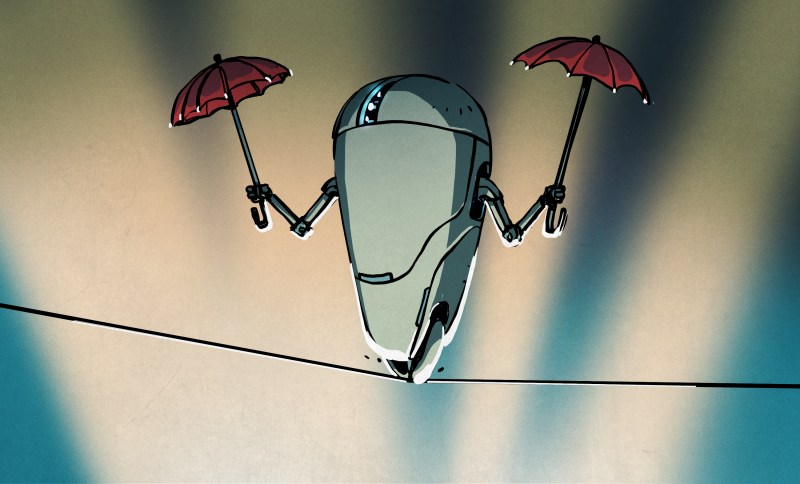3D Printing Livers

The University of Utrecht has a team that is successfully bioprinting “liver units” that are able to do some of the functions of a human liver and may open the …read more Continue reading 3D Printing Livers
Collaborate Disseminate

The University of Utrecht has a team that is successfully bioprinting “liver units” that are able to do some of the functions of a human liver and may open the …read more Continue reading 3D Printing Livers

It is easy to apply computers to improve things we already understand. For example, instead of a piano today, you might buy a synthesizer. It looks and works — sometimes …read more Continue reading Ask Hackaday: What Can Only a Computer Do?
One of the vast untapped potentials of medicine is the access to imaging equipment. A billion people have difficulty getting access to an x-ray, and that says nothing about access to MRIs or CAT scans. Over the past few years, [Jean Rintoul] has been working on a low-cost way to …read more
Continue reading Tomography Through An Infinite Grid Of Resistors
The 3D printers we’re most familiar with use the fused deposition process, in which hot plastic is squirted out of a nozzle, to build up parts on a layer by layer basis. We’ve also seen stereolithography printers, such as the Form 2, which use a projector and a special resin to produce parts, again in a layer-by-layer method. However, a team from the University of North Carolina were inspired by CT scanners, and came up with a novel method for producing 3D printed parts.
The technique is known as Computed Axial Lithography. The team describe the system as working like …read more
We live in a world where anyone can build a CT machine. Yes, anyone. It’s made of laser-cut plywood and it looks like a Stargate. Anyone can build an MRI machine. Of course, these machines aren’t really good enough for medical diagnosis, or good enough to image anything that’s alive for that matter. This project for the Hackaday Prize is something else, though. It’s biomedical imaging put into a package that is just good enough to image your lungs while they’re still in your body.
The idea behind Spectra is to attach two electrodes to the body (a chest cavity, …read more
Touch screens are great, but big touchscreens are expensive and irregular touchscreens are not easy to make at all. Electrik is a method developed by several researchers at Carnegie Mellon University that makes almost any solid object into a touch surface using tomography. The catch is that a conductive coating — in the form of conductive sheets, 3D plastic, or paint — is necessary. You can see a demonstration and many unique applications in the video below. They’ve even made a touch-sensitive brain out of Jell-O and a touchable snowman out of Play-Doh.
The concept is simple. Multiple electrodes surround …read more
![]() Continue reading Everything’s a Touch Surface with Electrick
Continue reading Everything’s a Touch Surface with Electrick
Touch screens are great, but big touchscreens are expensive and irregular touchscreens are not easy to make at all. Electrik is a method developed by several researchers at Carnegie Mellon University that makes almost any solid object into a touch surface using tomography. The catch is that a conductive coating — in the form of conductive sheets, 3D plastic, or paint — is necessary. You can see a demonstration and many unique applications in the video below. They’ve even made a touch-sensitive brain out of Jell-O and a touchable snowman out of Play-Doh.
The concept is simple. Multiple electrodes surround …read more
![]() Continue reading Everything’s a Touch Surface with Electrick
Continue reading Everything’s a Touch Surface with Electrick